Search
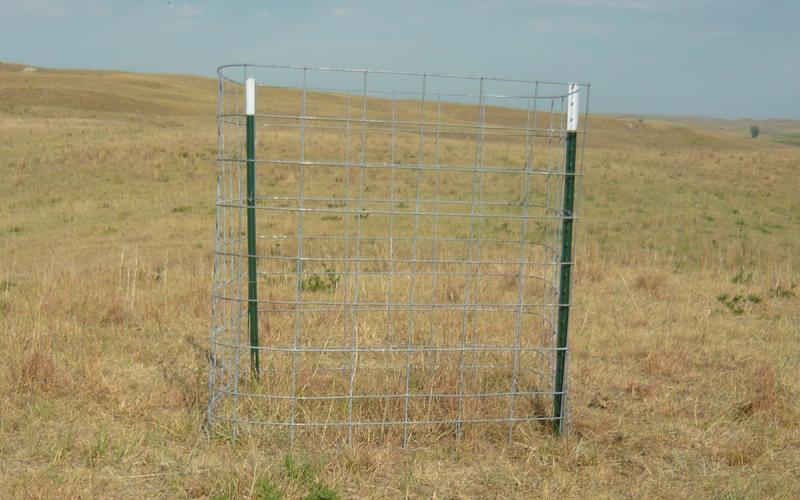
End-of-Season Monitoring
The end of the grazing season is a great time to monitor your pasture/rangeland resources. Learn about some strategies and tools available to help assess where you stand at the end of the season.
Northern Plains Forage Association hosting annual meeting in December
November 03, 2023
South Dakota State University Extension encourages producers to attend The Northern Plains Forage Association annual meeting and educational seminars on Dec. 1 in Brandon, South Dakota.
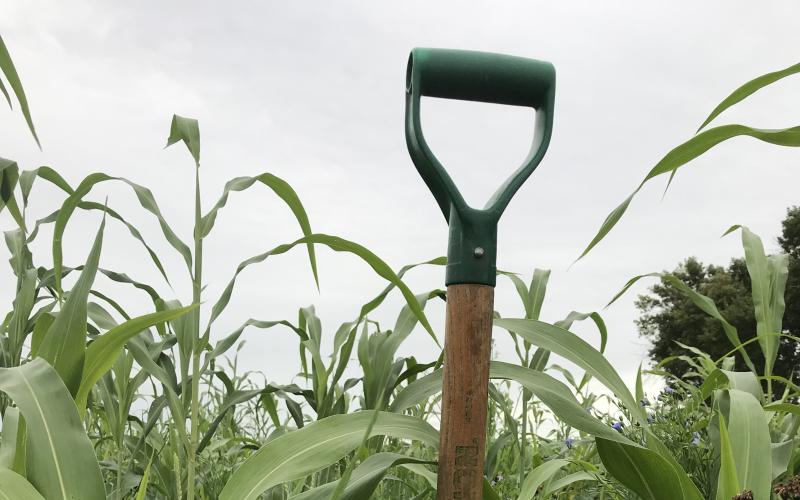
SDSU Extension to host soil management conference in December
November 08, 2023
South Dakota State University Extension will host the 2023 Managing Soil: Maximizing Profit conference on Dec. 12.

SDSU Extension welcomes new horticulture assistant at McCrory Gardens
November 08, 2023
South Dakota State University Extension is pleased to announce Sydney Trio as a new Horticulture Assistant based at McCrory Gardens in Brookings.

Should We Sell Corn Stalks?
Grazing and baling corn stalks can offer producers financial and agronomic benefits, and also provide feed resources for cattle producers. Learn how to determine if it's the right decision for your operation.

Now Is the Time To Plan For Noxious Weed Control in 2024
Since most of South Dakota has experienced several frosts, fall herbicide applications are likely near completion. However, now is the time to plan for noxious weed management for both spring and fall of 2024.

Now Is the Time To Make Your Weed Management Plan for the 2024 Growing Season
As harvest season comes to an end, now is the time to start formulating your weed management plan for next year. Learn some expert tips for getting your operation off to a good start next growing season.
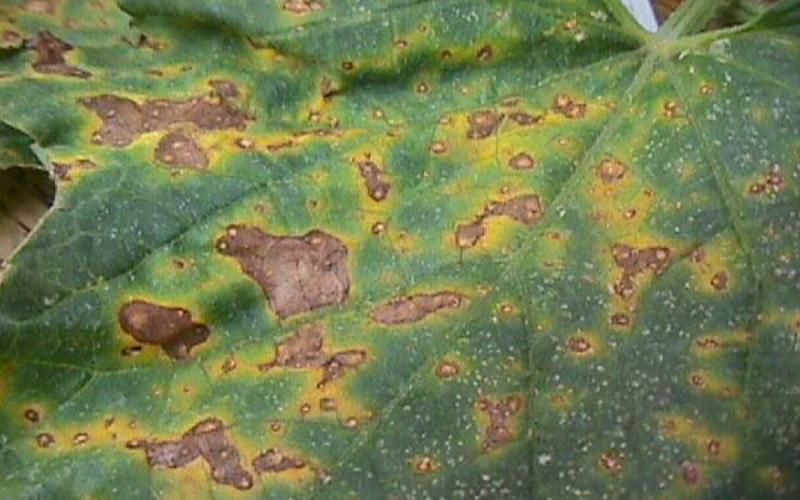
Cucurbit Diseases in South Dakota
Cucurbit crops grown in both the field and in high tunnels face disease pressure from many fungal and bacterial diseases. Learn how to identify and manage some of the most common ones.
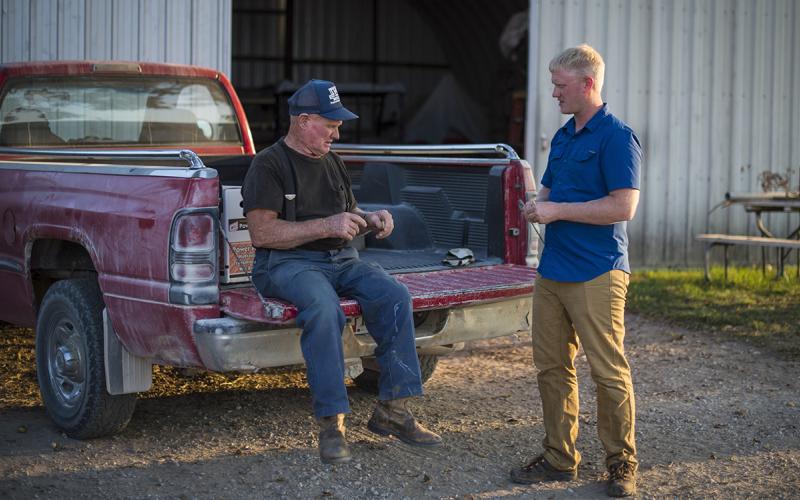
Compensation for Family Members Returning to the Farm
Compensating for management and labor is one of the questions that must be answered when bringing a family member into the family operation.
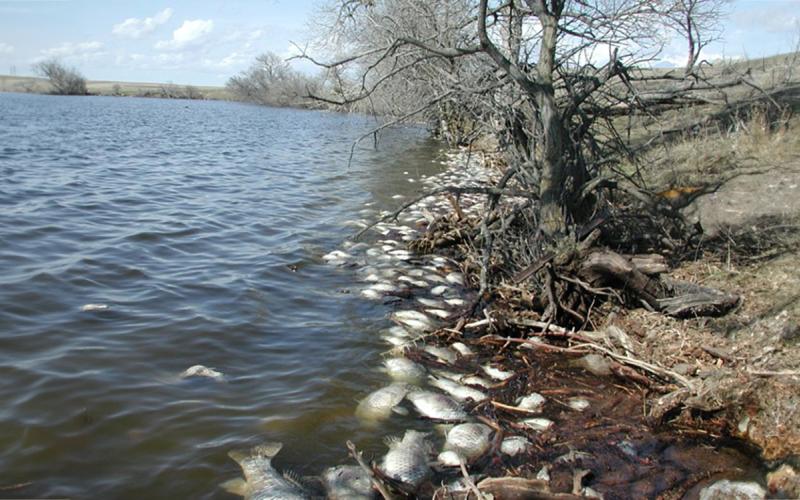
The Most-Common Cause of Fish Kills in South Dakota
There are many ways for fish kills to occur in freshwater lakes, but the most-common cause by far is dissolved oxygen depletion. Learn about some of the seasonal and environmental factors that can lead to oxygen depletion.